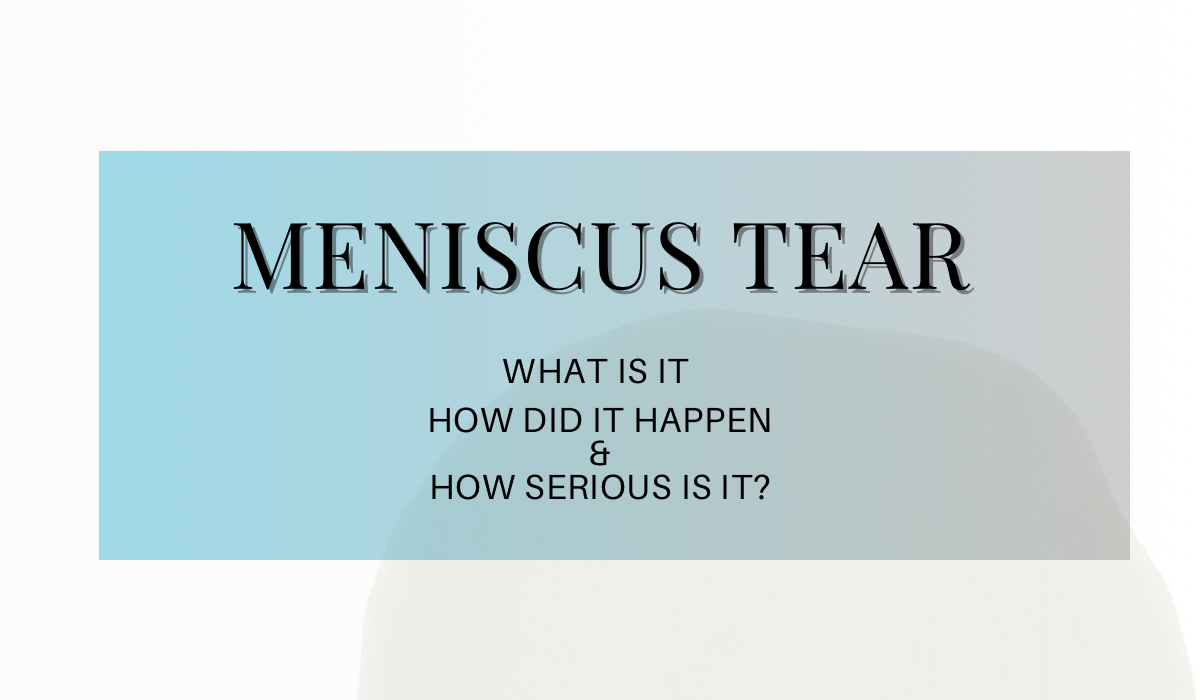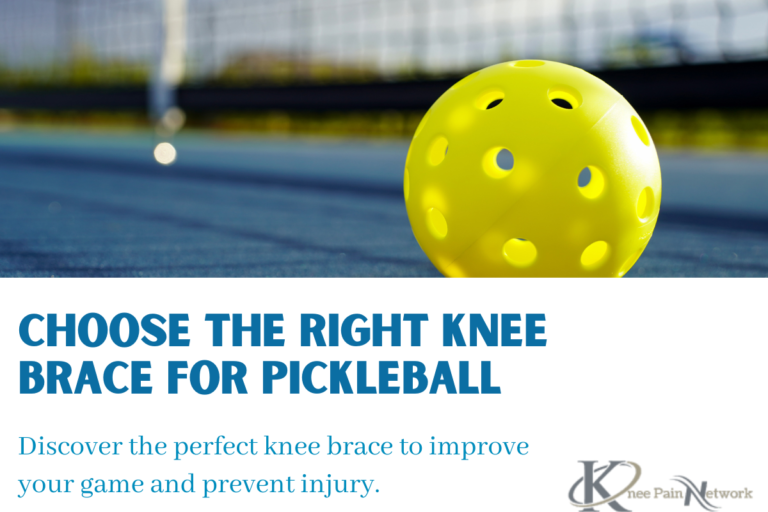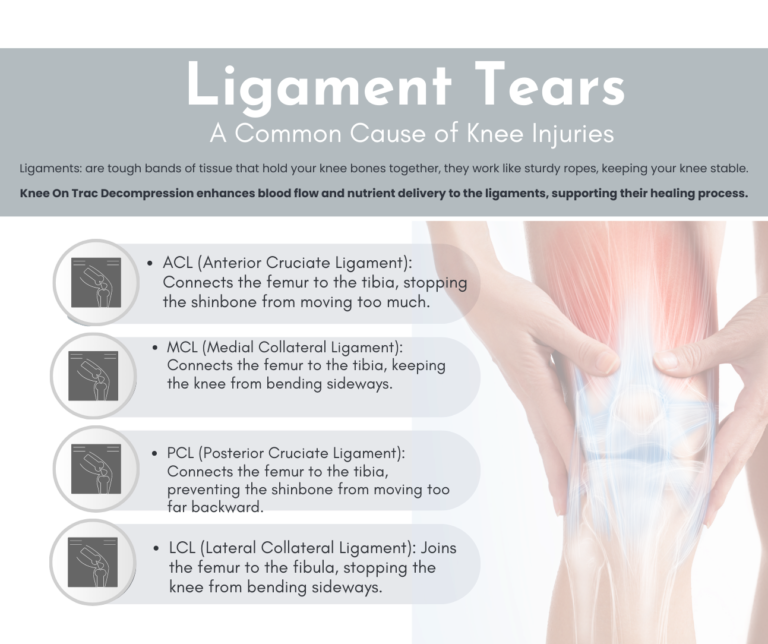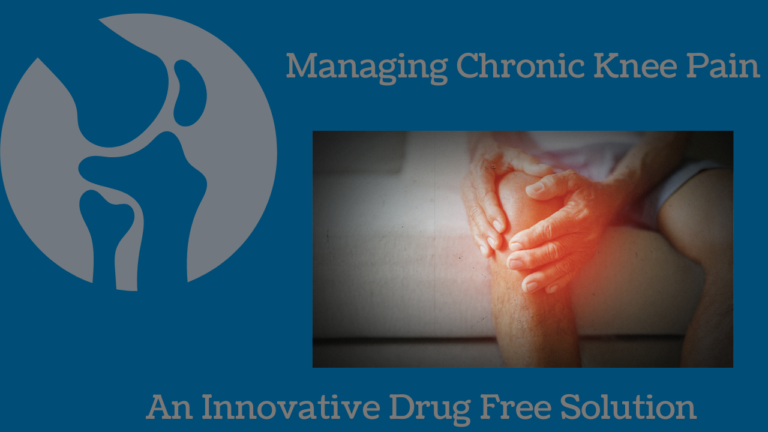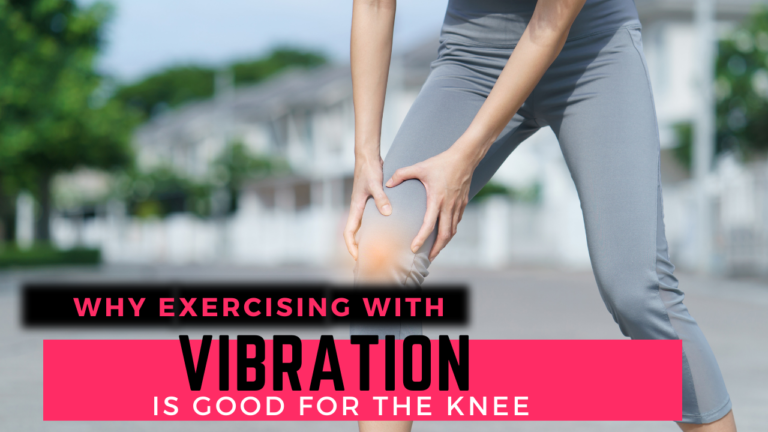Everything you need to know about the Symptoms and Causes of a Meniscus Tear.
https://kneepainnetwork.com/wp-content/uploads/2023/12/Meniscus-Tear-Rehab-Exercises-Stretching-Strength-Plyometrics-YouTube.mp4
To get a better understanding of the causes of a meniscus tear this video above shows the anatomy of the meniscus. Characterized by its remarkable flexibility and resilience, the meniscus is a crescent-shaped, fibrocartilaginous structure.. Each knee contains two menisci comprised of a dense network of collagen fibers infused with a gel-like substance. The meniscus serves as a critical component within the knee joint. It's unique composition allows the meniscus to adapt to varying degrees of pressure and absorb the impact generated during activities such as walking, running, and jumping.
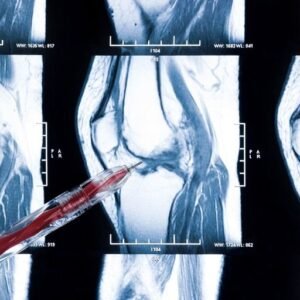
MRI of a Damaged Meniscus
Inside the Knee a Look at the Meniscus
Each knee contains two menisci that are positioned between the femur, which is your thigh bone and the tibia also called the shin bone. They are named the Medial Meniscus and the Lateral Meniscus.
Scientific research has shed light on the various factors and causes of a meniscus tear. Understanding the evidence-based causes can help individuals make informed decisions to protect their knee health.
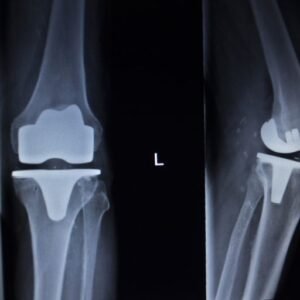
X-Ray of a Meniscus Implant
What are the Causes of a Meniscus Tear?
Traumatic Injuries
Common causes of a meniscus tear include sudden twisting, pivoting, squatting, or lifting heavy objects. A traumatic meniscus tear of this type can happen while playing sports that require quick lateral movement such as basketball, tennis, pickleball and many others.
Biomechanical Stress
Repetitive activities that involve high impact to the knee such as running, jumping, puts the he knee joint under stress. forces can lead to abnormal loading on the meniscus, increasing the risk of tears.
Anatomical Factors
Causes of a meniscus tear can be inherited or simply acquired without injury or actions. Certain anatomical factors such as abnormal knee alignment can create uneven distribution on the meniscus, the uneven distribution leads to increased stress which can result in a Meniscus tear.
Age-Related Changes
As we age the causes of a meniscus tear also changes. We find that the water content in the menisci decreases along with the structure of the collagen inside the meniscus. Both of these changes result in a reduced flexibility and resilience of the meniscus and can lead to the development of meniscus tears over time.
Pre-existing Knee Conditions
Pre-existing knee conditions, such as osteoarthritis or ligament injuries increase the likelihood of meniscus tears. Because the knee is already compromised, it becomes more susceptible to further injuries, including meniscus tears.
What Does a Meniscus Tear Feel Like?
If you have a meniscus tear you may experience sharp or stabbing pain, particularly when engaging in activities that apply pressure to the affected knee. This discomfort is commonly localized along the joint line or deep within the knee. You may feel intermittent pain, while some may endure a persistent ache that worsens gradually over time. If you experience this type of pain it is best to contact one of our recommended Knee Experts.

